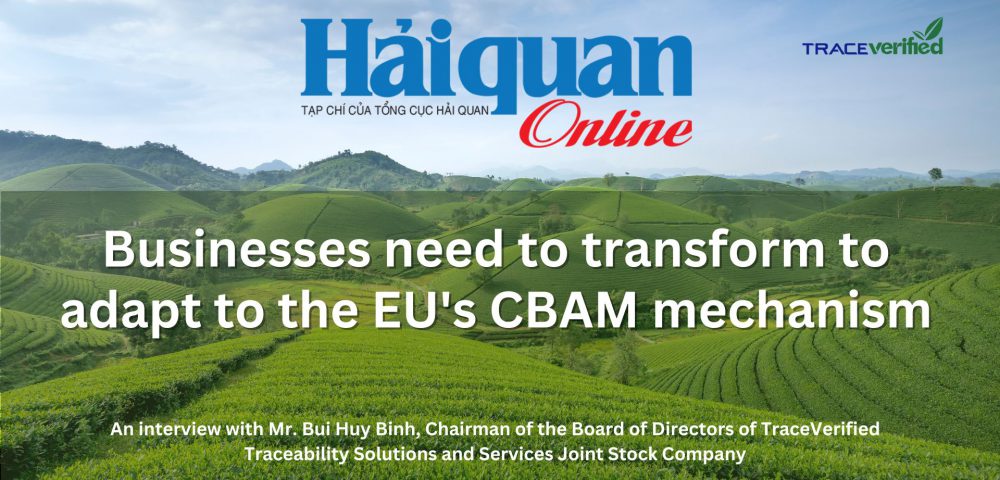
CBAM is intended to stimulate a global movement towards greener production and prevent European manufacturers from moving production to countries with lower environmental standards. With trade exchange activities with the EU increasing, in the long term, CBAM will directly affect the export activities of Vietnamese enterprises to the EU.
Therefore, Vietnamese businesses that are planning to participate in the international market in all industries need to proactively adapt to new trends and make the necessary preparations now in the construction process. Developing and planning production strategies.
In your opinion, how do businesses need to transform production processes to adapt to this trend?
To meet these tax conditions as well as keep a competitive advantage in exporting to the EU or to many other markets, businesses should start working with import partners, creating green transformation projects. These projects can take advantage of capital sources from developed countries, because in the United Nations Convention, in the programs that Vietnam has signed, there are capital sources from developed countries for developing countries.
Specifically, this is the European CBN project or the Japanese GCN project for developing countries like Vietnam. All of these capital sources have open platforms for businesses to register. If businesses encounter difficulties, they can work with consulting units as well as European customer units to support implementation.
We believe that creating these projects over the next 2 years will bring about a transformation so that businesses are ready to adapt to the first tax rate of 2.5% on January 1, 2026, according to CBAM regulations.
In the process of converting to a “green” production model, what issues do businesses need to pay attention to, sir?
Recently, in Nghe An, a Chinese aluminum factory project was awarded an investment certificate. According to project documents, this factory will use modern aluminum production technology, combat climate change, and adapt. This is new for the new business groups that will appear. Vietnamese businesses must also follow this direction.
However, in reality, Vietnam has a large number of businesses using old technology. This raises two options: businesses are forced to change their thinking if they want to export goods to the European market. Second, we will choose more forgiving markets or supply domestic goods if we maintain production with old technologies. However, I believe that with trends changing in the long term, businesses will find it difficult to survive using outdated technology.
Especially with the CBAM mechanism, the key point for European businesses when investing abroad and bringing goods back to Europe must be charged equal taxes. Therefore, when doing business with Europe, Vietnamese businesses must aim at the flow of green capital and shifting technology of European businesses.
We try to access new technologies instead of adopting old technologies that will be difficult to develop in the long term. Currently, in my opinion, Vietnamese businesses should play with European and Japanese partners to absorb new technologies and gradually transform the production process. That is the core of the problem.
In addition, businesses will need to do other things such as planting forests or creating carbon credits for the business. This helps businesses be both socially responsible and educational as well as contributing to the national goal of becoming a carbon-neutral country by 2050.
Source: Hai Quan Online



